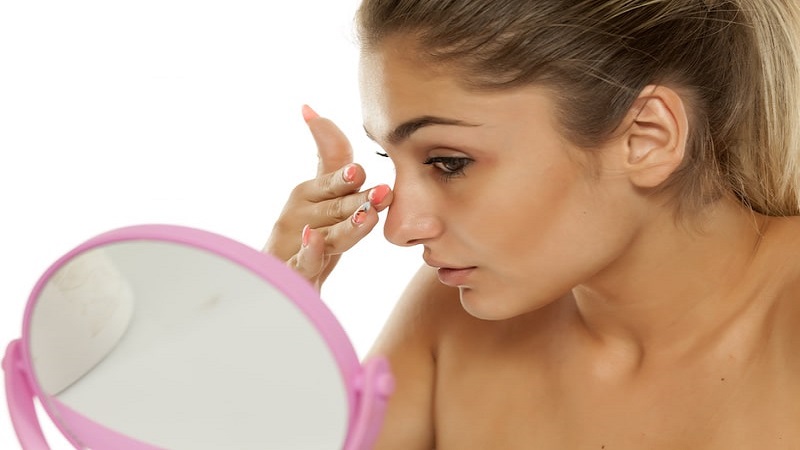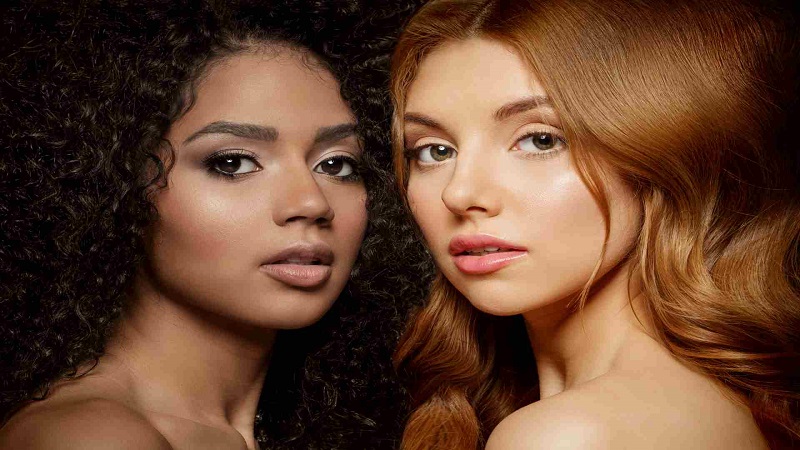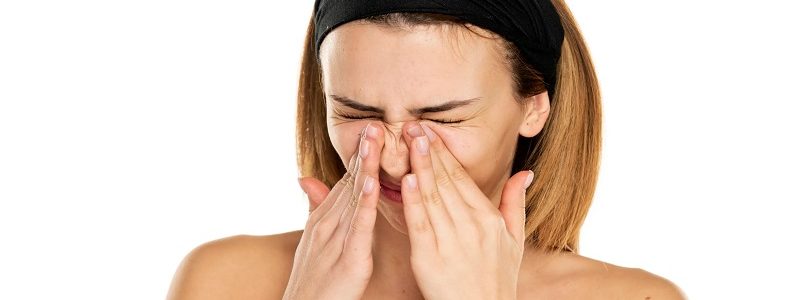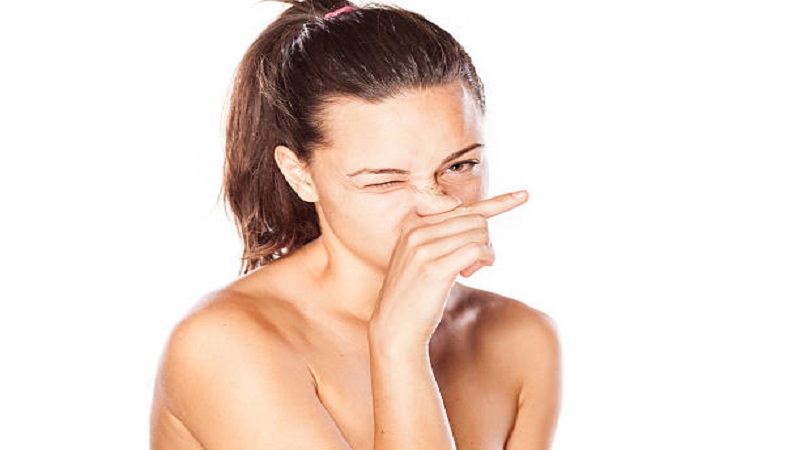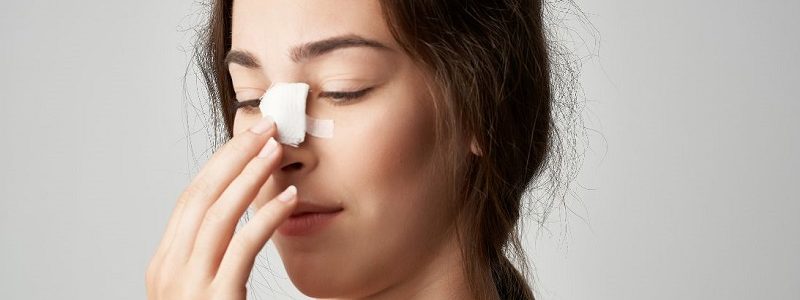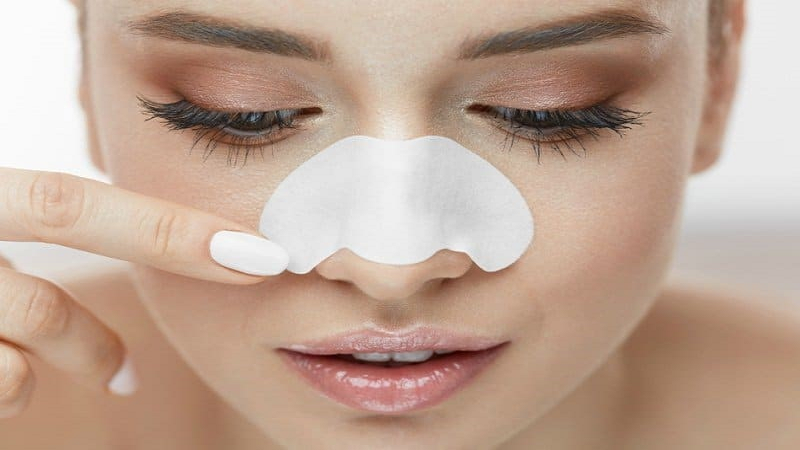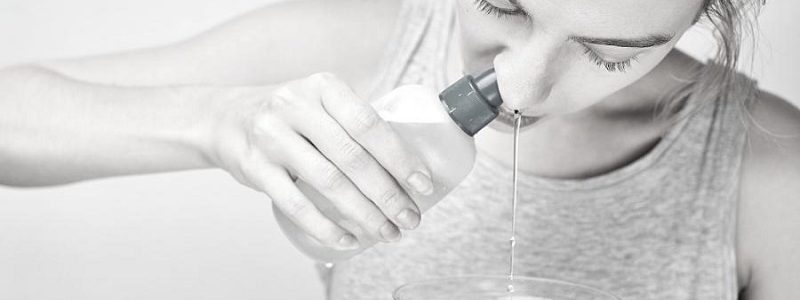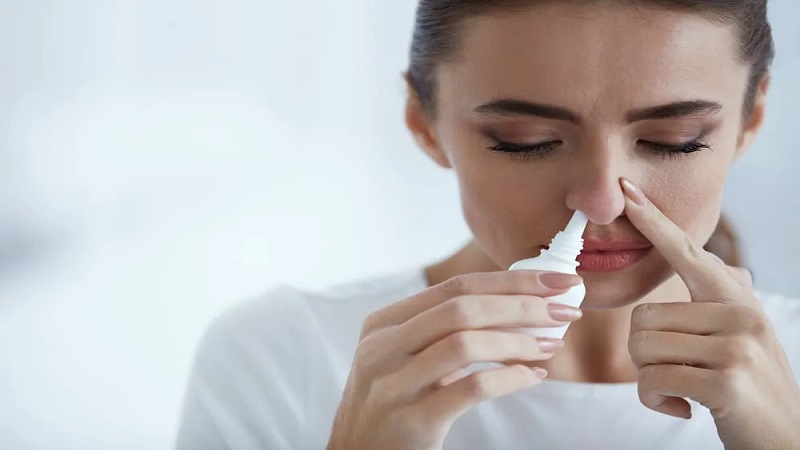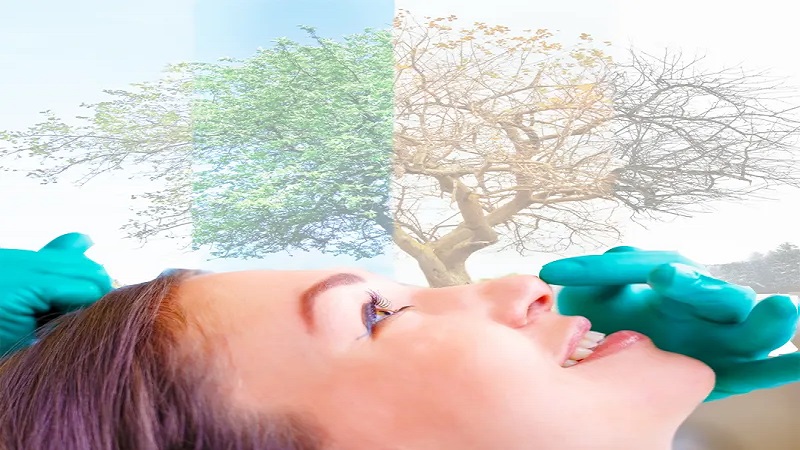Complications of speaking after nose surgery
After nose surgery, some people may have time talking feel complications. These side effects are usually temporary and improve during the healing process. Some of the complications of speaking after rhinoplasty are::
1.. Swelling and suffocation: After rhinoplasty, the nose may be swollen and stuffy, which causes difficulty in speaking. This swelling and suffocation may affect the airway and cause problems with voice production and speech.
2.. Facts About Jaw Sound Problems: Some people may experience pain and discomfort while speaking after rhinoplasty. This pain is usually temporary and decreases with time.
۳. Breathing problems: Some people may experience breathing difficulties when speaking after rhinoplasty, especially if the surgery has caused changes in the structure of the nose and airways..
4.. Changes in voice: In some cases, rhinoplasty may affect voice production and cause changes in a person's voice, especially when speaking..
In general, these complications are usually temporary and improve with follow-up post-surgical care and the body's natural healing process.. If these side effects are persistent or extremely bothersome, it is important to consult your doctor to find the cause and the appropriate solution..
Rhinoplasty may temporarily affect speech, but these effects are usually temporary and short-lived..
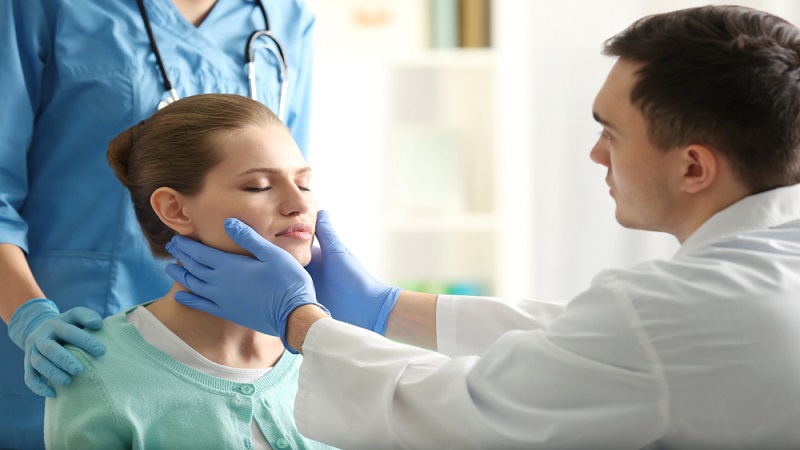
Official page اینستاگرام Dr Behnam khorami (Best of nose surgery) follow the.
In the following, some of the complications that may occur talking We will check if you suffer after nose surgery:
1.. instant water: It is a type of condition that occurs temporarily after nose surgery. In this case, the water vapor that is created while talking can not come out of the nose and come out of the mouth instead..
2.. Changes in voice:
Some people may experience changes in voice and speaking ability after rhinoplasty. These changes may be due to temporary swelling in the nasal area, which causes changes in breathing and the movement of air entering the vocal tract.
۳. dry mouth: The use of disinfectants and anesthetics may cause dry mouth, which can affect speech..
4.. Inability to stimulate sound:
- In some cases, the movements of the nasal area to produce sound may be affected, which causes the inability to produce the desired sound.
5. Pain and discomfort:
- In cases where nose surgery causes swelling and severe pain, talking will probably also cause discomfort and pain.
Most of these side effects are temporary and improve over time. However, it is important to consult a doctor if symptoms associated with speaking persist and show no improvement.. He can diagnose the cause of the problem and determine the appropriate treatment plan.
Useful links: Isfahan nose surgeon _ Jaw surgeon of Isfahan
Dr. Behnam Khorrami's page in the clinic 24 | Maxillofacial surgeon in Isfahan clinic 24 | Nose surgeon in Isfahan clinic 24
Dr. Behnam Khorrami, nose surgeon in Isfahan at Dr. Af | Maxillofacial surgeon in Isfahan at Dr. Af | Isfahan nose surgeon at Dr. Af
Suggested contents of Dr. Behnam Khorrami's website (Best of nose surgery – Jaw surgeon of Isfahan):


